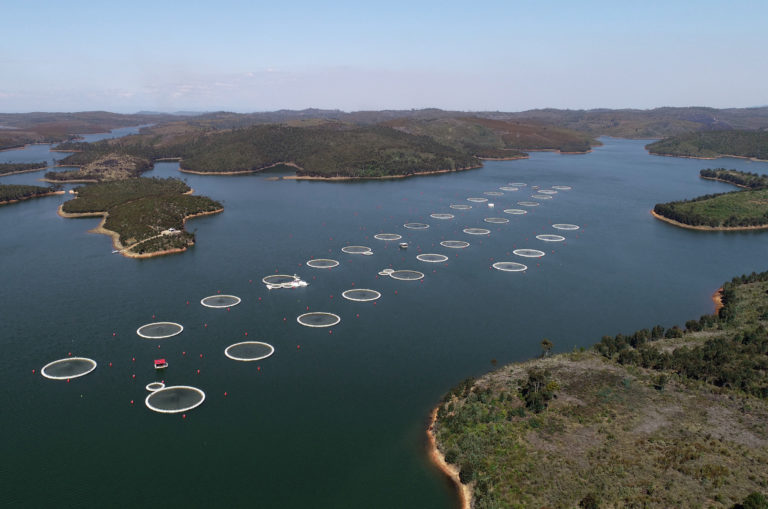
My Iranian MBA students proudly said that Iran produces the best caviar from sturgeons caught in rivers near the Caspian Sea. These sturgeons are now bred in commercial farms as wild sturgeons are declining in number. With the caviar selling at expensive prices in fancy restaurants, and travelers in first and business classes of airlines such as Singapore Airlines and Emirates are served caviar, many entrepreneurs in several countries are entering the aquaculture of sturgeons to harvest their eggs. An example was a commercial sturgeon farm in Malaysia, using South Korean expertise, which was started several years ago but failed.
Recently, it was reported by Jane Flanagan in The Times on July 6th, 2019, that now there are successful sturgeon entrepreneurs in Madagascar.
A lake in the highlands of Madagascar has become an unlikely source of caviar in the race to meet demand for the delicacy amid a worldwide shortage.
Entrepreneurs in Madagascar have produced a tonne of caviar after a painstaking process that began six years ago using the fertilised eggs of rare sturgeon imported from Russia.
“We took the time to prove that this is serious,” Delphyn Dabezies, the head of Rova Caviar, said, admitting that the enterprise was rather a gamble.
Producers in the Caspian Sea still boast the most prized caviar from Beluga sturgeon but steadily constricting quotas in response to dwindling stocks of fish have led to farms springing up outside Russia. Lower supply and higher demand has only increased caviar’s currency as a symbol of wealth and prestige.
The French entrepreneur, who has lived on the island for years, sold her first harvest within weeks — at £90 per 100g — half the price or less compared with caviar farmed in Europe. Her customers are luxury shops and restaurants in Madagascar and its neighbours Mauritius, the Seychelles and Réunion.
The world’s most expensive caviar, from albino sturgeon caught off the coast of Iran, regularly fetches up to £2,000 for 100g.
Lake Mantasoa, which is perched at a cool altitude of 1,400 metres and east of the capital Antananarivo, was identified as an ideal place to develop a nursery to hatch the imported eggs. Three hundred staff have been trained to manage the exacting process of raising the sturgeon until they weigh 1.5kg, when only the females are kept until their eggs are ready to be harvested.
The quality and taste of the caviar tests the skill of Gaston Sovani’i Thomas, 23, who, knife in hand, has no margin for error as he extracts the precious black eggs from each fish. “At first I was afraid to destroy or contaminate the eggs, but now everything comes automatically,” he said.
We hope the venture would be hugely successful. Visitors would now be able to enjoy spoons of caviar after spending time at Madagascar’s parks to watch lemurs, which are the island’s famous tourist products.
